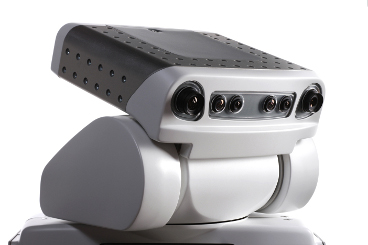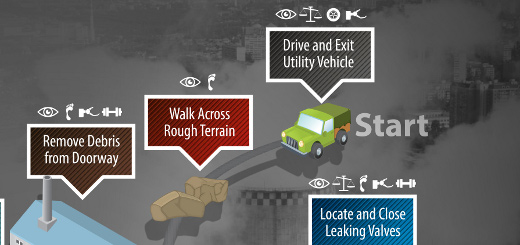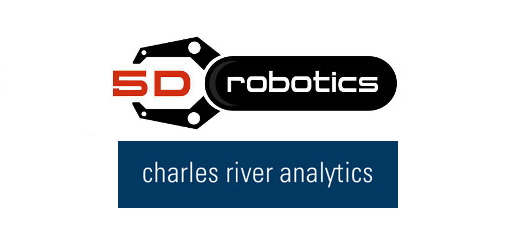Solar-panel wings help solve power problems for bird bots
Although headline writers like to invoke “The Terminator” whenever a promising new robot comes along, there are many challenges to overcome in robotics before anything remotely like it is possible. For one, artificial intelligence will have to advance to a point where it can regularly churn out memorable Schwarzenegger-worthy catch phrases like “Hasta la vista, baby.” Another, perhaps less obvious issue is that we currently lack a sufficient power source to keep a robot like that going.
Given that today’s battery technology struggles to keep our phones powered for an entire day, it’s no surprise that many of the concept robots you see online have power cords coming out. It’s a problem for big robots because they require so much power. It’s also a problem for very small robots, since there is so little space to house a battery. However, a team at the University of Maryland has come up with a solution that begins to address the problem in their third-generation Robo Raven micro air vehicle.
Small robotic birds like the Robo Raven often last only minutes before dying, significantly limiting their utility for environmental monitoring or surveillance. To extend their robot’s flight time and allow it to be recharged in remote locations, the Maryland team — led by professors S.K. Gupta and Hugh Bruck — integrated flexible solar panels into the wings. That meant some design and fabrication changes from the original Robo Raven — which introduced a novel design concept that allows its wings to flap independently of each other — since the solar panels differ from the previous wing materials.
Currently, the panels produce only about a tenth of the 30 Watts the Robo Raven needs to fly, though they can effectively charge the batteries when stationary. The team’s next goal is to increase that output.
“We still need to make significant improvements in solar cell efficiency and battery energy density to replicate the endurance of real ravens in Robo Raven III,” Gupta said in a release. “But the good news is that Robo Raven III has already demonstrated we can fly with a solar cell and battery combination. Now that we’ve successfully taken this step, swapping new technologies that are more efficient should be relatively simple.”
In other words, like the Terminator, the Robo Raven will “be back.”
See below for a video of the bird bot in action:
[ photo and video courtesy of the University of Maryland ]



